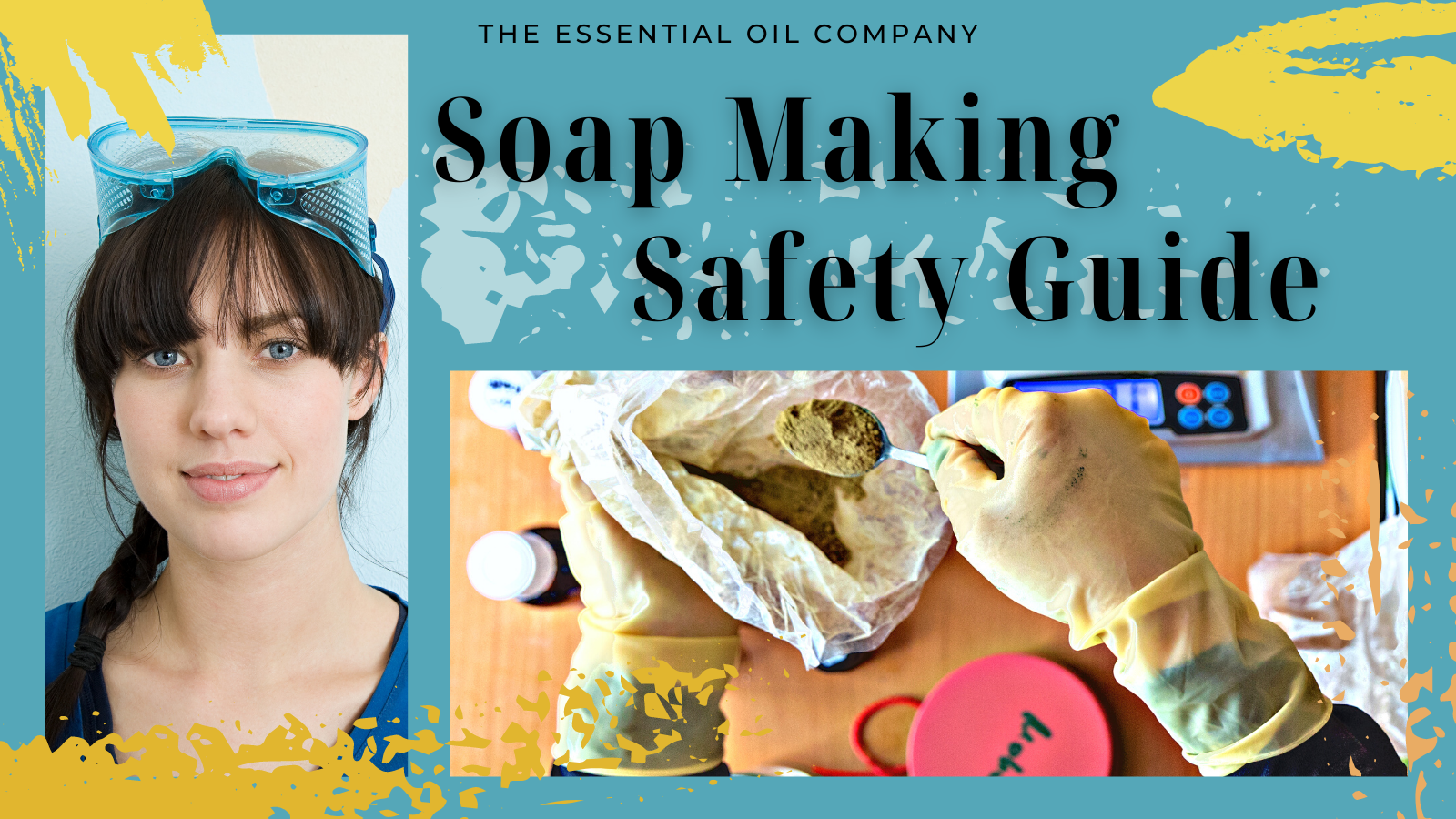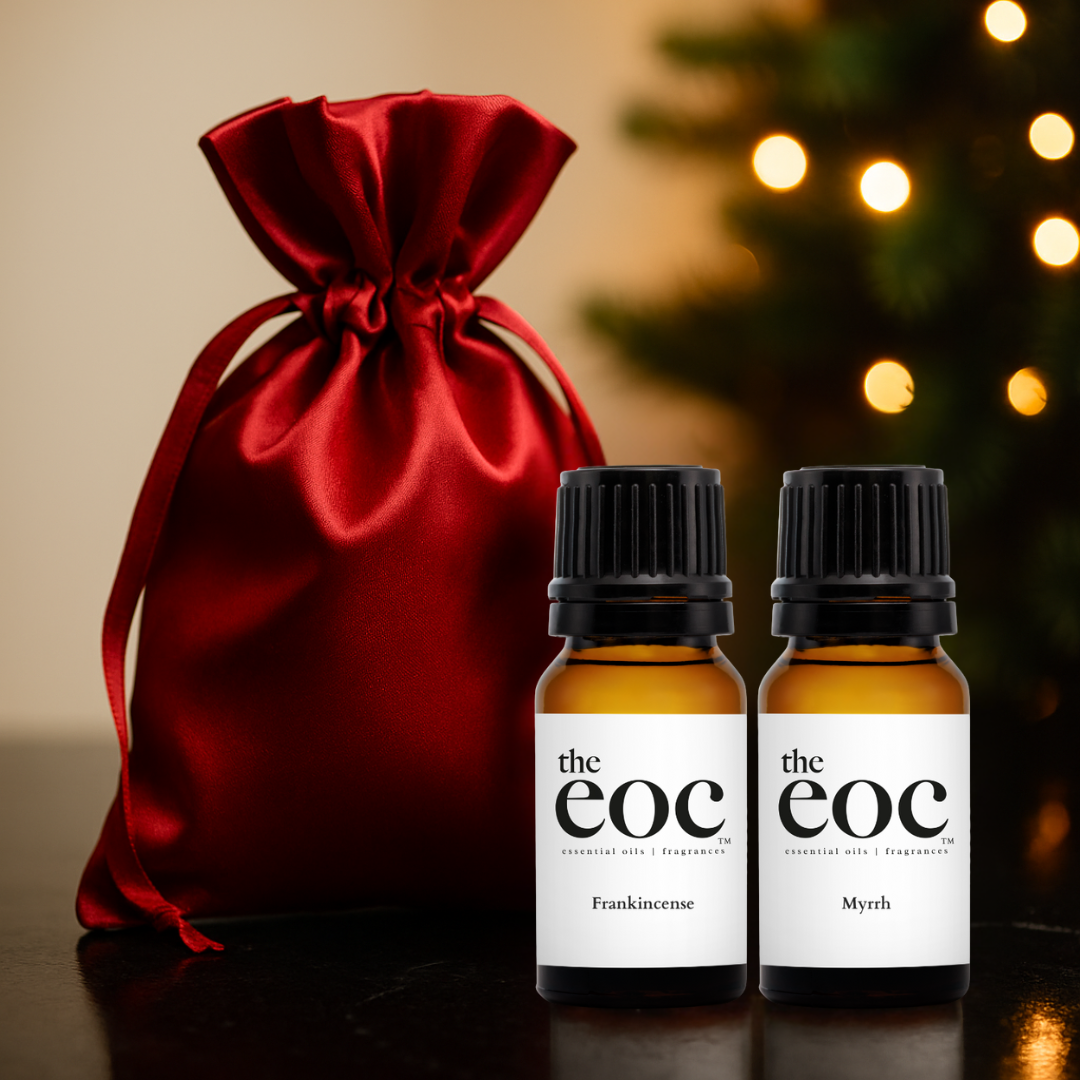Soap making can be a fun and more sustainable way for us to make a natural and completely custom version of a product that we use every single day. When we first learn about all of the materials and processes needed to make soap, it may seem like a lot to handle. One of the biggest deterrents for beginners interested in making cold process or hot process soap is the prospect of working with lye.
Sodium Hydroxide, or lye, is the caustic base that is combined with water and oils to make soap. Lye is a material that may be completely unfamiliar to many people and it does have the ability to cause injury. Like many other things we use in our everyday life, lye is completely safe to use if handled properly and with caution. There are just a few safety precautions and sensible practices that need to be in place to ensure that we are safe while making soap.
Before Getting Started
Before we get started on our first soap project we need to make sure we have ourselves set up for safety and success.
Lye comes in flakes, pellets, or powder form. Flakes or pellets are preferred by many soap makers as the particles are less likely to become airborne during the measuring and mixing process. We should always store lye in clearly marked containers and out of reach of children and anyone unfamiliar with its use. This is also a great practice for all soap-making supplies. Clearly labeled and organized containers will help the process to move along smoothly and help to avoid any mistakes.

Refer to the SDS (Safety Data Sheet) for sodium hydroxide lye on hand for more information.
Safe Soap making Apparel
- Long Sleeve Shirt
- Long Pants
- Closed Toe Shoes
- Gloves
- Apron
- Safety Glasses or Goggles
- Respirator or Surgical/Dust Mask
Dressing appropriately while working with lye is the first step for safe soap making. We should always wear long sleeves and pants, closed-toe shoes, gloves, and safety glasses or goggles during the entire process. Soap making is a very hands-on process and this protects every part of our skin and eyes from any stray drops of lye water or raw soap mixture that may splash or spill while things are being mixed, stirred, and poured.
Safe Soap making Area
- Good Ventilation
- Access to Running Water
When lye encounters water, an exothermic reaction occurs that creates steam almost instantly so we must be sure to avoid inhaling any of those fumes. Our dust mask or respirator will help to combat that but proper ventilation in our soap making area is also very important. To help ventilate our mixing area, we can open a window, turn on a fan, or even step outside in nice weather to mix a lye solution.
It is very important to make soap in a location with access to running water very nearby. In the event lye or raw soap does come in contact with the skin we need to be able to quickly access water and rinse at area thoroughly.
Safe Soap making Supplies
- Heat Resistant Glass or Plastic Bowls
- Large Stainless Steel Bowls
- Distilled Water
Working with lye requires us to use specific mixing containers that can handle the temperatures of soap making and will not have any negative reactions with the material. The best containers to use will be made of heat-resistant glass or plastic. The lye solution reaches up to 200°F during the soap-making process and heat may transfer, making the bowls hot to the touch and lye also can react with some metals, such as aluminum so it is best to avoid metal bowls for lye mixing. It is also a good practice to choose a bowl larger than what is needed for the lye mixture. This gives us a little extra room for mixing and ensures any splashes from stirring remain inside the bowl.
Distilled water is preferred for mixing your lye solution. Lye may react with impurities in water and using distilled water helps ensure a nice, clear lye mixture.
Safe Soap making Practices
The lye and water should each be weighed separately in two different bowls to guarantee accurate measurements before being combined. Once the correct amounts are obtained, add the lye to the water slowly, stirring as it is poured to help the lye to dissolve easily. Do not add the water to the lye! This may cause the lye to expand or erupt and overflow out of the container. Once the lye solution is mixed into the oils, saponification begins, and the lye starts to transform. Raw soap mixture may still be irritating to the skin, so rinse thoroughly if contact is made. The lye becomes less and less caustic as the process develops until it is completely transformed into soap and is safe for the skin.
With these safety practices and precautions, we can confidently work with lye and make beautiful soap.











